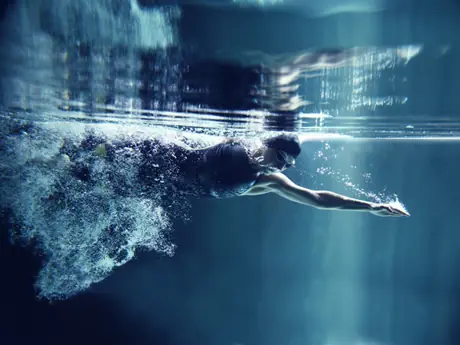
Triathletes have many challenges; dealing with misinformation should not be one of them. While there are numerous misconceptions about freestyle swimming technique, there are three technique elements that triathletes are often exposed to, and suffer because of.
Misconception No.1: The head is submerged to bring the legs to the surface.
One of the many misconceptions about freestyle is that the head must be submerged for the legs to stay behind the shoulders and minimize resistance (see Figure 1, left). Although lowering the head may help to raise the legs, breathing is more difficult because it requires excessive head motion that distorts the body position and increases resistance.
Figure 1. Ineffective head position (left) and effective head position (right).
Instead, arching the lower back lifts the legs, brings the heels to the surface, keeps the legs behind the torso, and minimizes resistance. If the water level is kept at the swimmer's hairline (see Figure 1, right), a bow wave forms along the side of the head. Breathing is much easier because only minimal head rotation is necessary.
More: Perfect Your Breathing With Better Body Position
Misconception No.2: The catch-up stroke is a viable technique.
Research definitively shows that the catch-up stroke—where you keep one arm in a stationary position after completion of the entry as the other arm recovers, shown in Figure 2, left—is biomechanically ineffective, physiologically inefficient, anatomically stressful, and counterproductive from a skill-learning perspective.
The catch-up stroke is an ineffective arm synchronization that causes fluctuations in body velocity. In addition, holding the arm in position in front of the body and parallel to the surface reduces the space for the soft tissue between the upper arm and shoulder. This position causes irritation and decreased blood flow and is classically related to shoulder impingement. Torso rotation with this arm position further stresses the shoulder.
Figure 2. Ineffective catch-up arm synchronization (left) and effective opposition synchronization (right).
Immediately beginning the pull after completion of the arm entry provides a more continuous source of propulsion, a more efficient use of energy, and less "time of exposure" to shoulder stress (see Figure 2, right) when it comes to freestyle.
- 1
- of
- 2
About the Author

Get ACTIVE on the Go


Meet Mobile
Swim smarter: heats, lane assignments and real-time results in the palm of your hand.
Available for iOS | Android
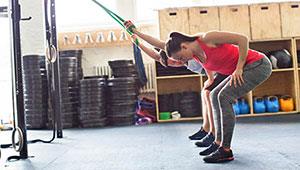

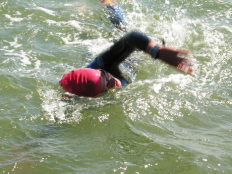
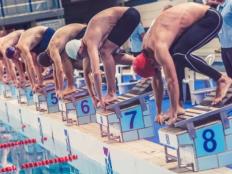
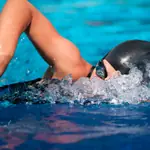


Discuss This Article